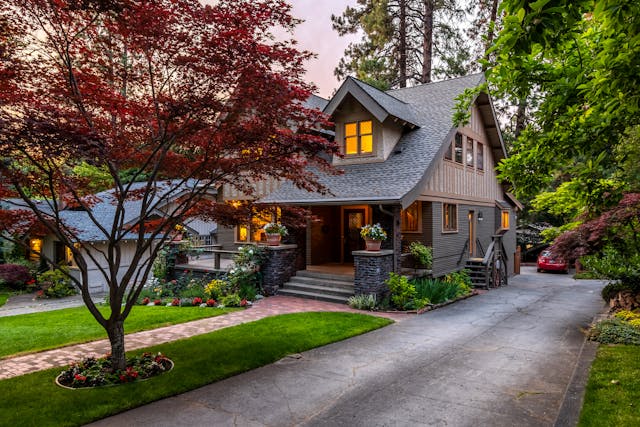Maintaining a beautiful outdoor space isn’t a one-time effort—it’s a year-round commitment. As the seasons change, so too should your approach to landscaping. Whether you’re a homeowner hoping to boost curb appeal or a business owner wanting to impress customers, refreshing your landscaping each season can have a major impact on appearance, functionality, and even property value.
Seasonal Shifts: More Than Just Aesthetic
Landscaping isn’t just about planting flowers and keeping your lawn mowed. Each season brings unique challenges and opportunities. In the spring, fresh growth and planting are priorities. Summer demands watering and weed control. Fall is the time to clean up, fertilize, and prep for winter, while winter invites the need for protective measures and design elements that stand out in colder months.
Ignoring these seasonal nuances can result in patchy lawns, stressed plants, or outdoor spaces that feel neglected. Staying in sync with nature’s rhythm is key to keeping your landscape vibrant and inviting.
Spring: A Time for Renewal
Spring is often the most exciting time for landscapers and gardeners. It’s when color returns and new growth emerges. This is the perfect time to prune damaged branches from trees and shrubs, reseed bare patches in the lawn, and plant fresh annuals or perennials. Incorporating vibrant flowers and greenery provides a pop of color and revitalizes any property after the dormant winter months.
It’s also an ideal time to evaluate your soil quality and consider fertilization or aeration to promote healthier root systems.
Summer: Maintenance and Protection
By the time summer arrives, the focus shifts to maintenance. Lawns should be mowed regularly but not too short, as this can lead to sun damage. Keeping a consistent watering schedule—especially during dry spells—is essential. Mulching garden beds helps retain moisture, suppress weeds, and regulate soil temperature.
In fact, mulch installation is one of the most practical ways to support your landscape through the heat of summer. It not only boosts the health of your plants but also enhances the aesthetic appeal of flower beds and tree bases.
Fall: Preparation is Everything
Fall is the season for preparation. As leaves drop and temperatures cool, it’s important to remove debris and fallen leaves to prevent mold and pests. This is also the time to trim back perennials, apply a slow-release fertilizer to lawns, and reseed as necessary.
It’s also the best season for planting many types of trees and shrubs. The cooler weather allows roots to establish without the stress of summer heat. A well-prepared landscape in fall means a smoother transition into winter and a more vibrant start in spring.
Winter: Don’t Let Things Go Dormant
Just because it’s cold doesn’t mean your landscape has to look lifeless. Winter landscaping is all about form, texture, and evergreens. Incorporating bushes, ornamental grasses, and hardscape features like benches, fire pits, or stone walkways adds interest even when flowers are out of season.
It’s also a good time to plan future landscaping projects. Use this time to design or consult with professionals about improvements, so you’re ready to act when warmer weather returns.
Consistency is Key
What truly sets standout landscapes apart is consistency. A landscape that is tended to regularly throughout the year will always look better than one that’s only addressed sporadically. Routine maintenance keeps plants healthy, prevents expensive issues down the line, and ensures that your outdoor space is always looking its best.
Even small actions—like seasonal planting, timely mulching, or trimming—can make a big impact when done consistently. The trick is knowing when and how to act as the seasons shift.
Final Thoughts
No matter the size of your outdoor space, taking a seasonal approach to landscaping helps ensure it stays healthy, functional, and beautiful all year long. With strategic planning and attention to detail, you can create a dynamic landscape that evolves gracefully with each passing season.
And if you ever feel overwhelmed, remember that professional landscaping services can take the guesswork out of timing and execution—making it easy to enjoy the beauty of your yard in every season.


